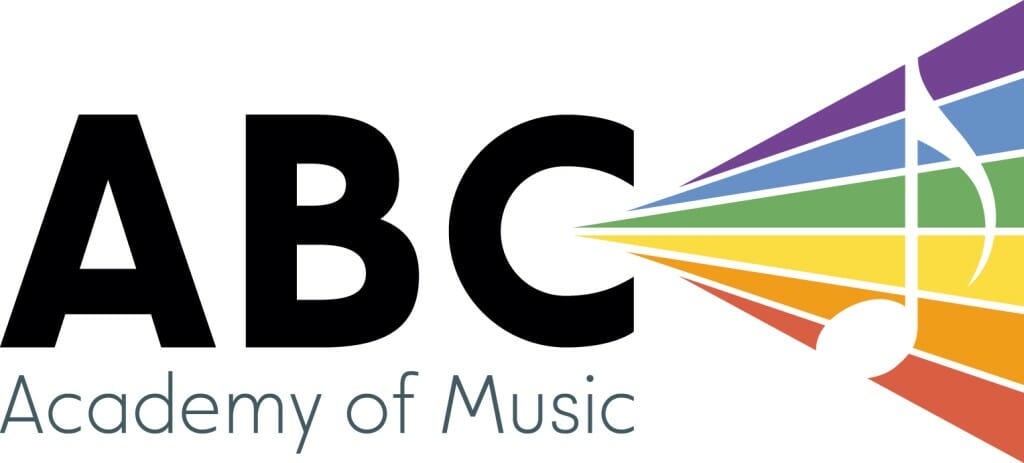Just a reminder that I am not going to be here next week, January 24th but lessons are still on! See you all on January 31st :)
Anastasiya
For next week, let’s keep working on “This is Not Jingle Bells”. You already know all the notes, so your next challenge is to be able to play the whole piece in the same tempo, without getting faster. Practice counting to four while playing the whole piece, and this will help prevent you from speeding up. Work on lines 2 and 4 especially – remember that your left hand has to shift up in the second line.
I also want to keep working on note reading – we will start working with the flash cards again. I wrote down the acronyms in your sheet with the notes, and we’ll keep working on remembering them. I know you liked to create your own version of the acronym, which is fine – as long as this helps you find the notes. I’ll write them down here too so you know when to use each acronym.
Lines on Treble Clef (Right Hand) – EGBDF (Every Good Boy Deserves Fudge)
Spaces on Treble Clef (Right Hand) – FACE (just face :) )
Lines on Bass Clef (Left Hand) – GBDFA (Good Burritos Don’t Fall Apart)
Spaces on Bass Clef (Left Hand) – ACEG (All Cows Eat Grass)
Melody
We worked on a number of things today! First, work on finding C-Position, as most of the songs we are learning now use it. So for the right hand, your thumb goes on the C, and the fifth finger goes on the C in the left hand. Keep working on “A Happy Song” – both versions (for the left hand, and for both hands). Also, you can work on the C-Position piece. Practice by saying the note names while you play the notes, and pay extra careful attention to when the notes are going up or down. You can practice this away from the piano too – just sit in front of your book, and see if you can name each note. I taught you a trick to find notes in the treble clef (the right hand clef) – remember for notes on the lines, you use EGBDF (Every Good Boy Deserves Fudge), and for the notes in the spaces, it’s FACE (F-A-C-E). Now this only works for the treble clef, so don’t try this one with your notes in the left hand bass clef – I’ll teach you the trick for that one next time.
Juliette
We actually learned a lot of music this week – this was because “Indians” and “Harp Song” were prepared very well. Bravo! I especially liked your pedaling in “Harp Song”. For next lesson, I’d like you to practice the C Major and G Major Scale. Remember G Major has one sharp (F-Sharp). It is important to practice these scales very slowly, and with a nice hand position (nice and high like a mountain, not collapsed!). Practicing slowly will help you with your hand position.
We have three new pieces for next time – “Concert Time”, “Music Box Rock” and “A Cowboy Song”. You learned “Concert Time” really quickly – just don’t forget the long crescendos and diminuendos which make the piece sound very interesting. For “Music Box Rock”, you can practice in 3 ways – 1) by clapping the rhythm, 2) counting 1-2 while playing the right hand, and 3) practicing hands separate. Of course, if you find other ways to practice it, you can try it! For “A Cowboy Song”, make sure to practice this hands separately as well. Practice this by saying the note names out loud while you play. If you don’t get this song perfectly, that’s okay but let’s definitely have “Concert Time” and “Music Box Rock” for next lesson.
